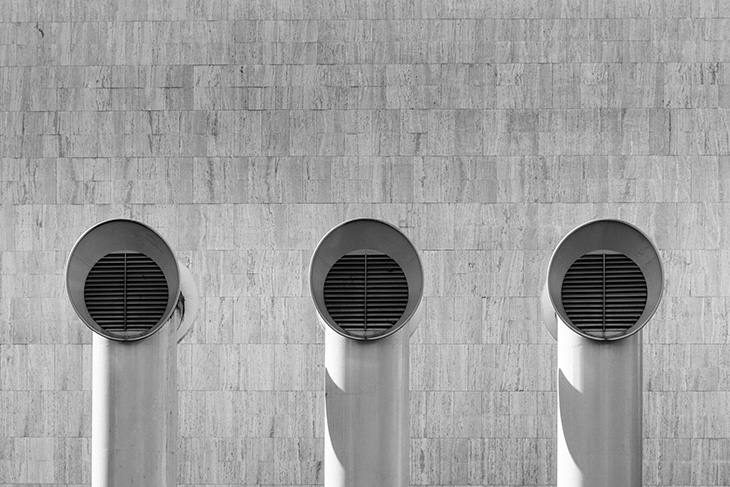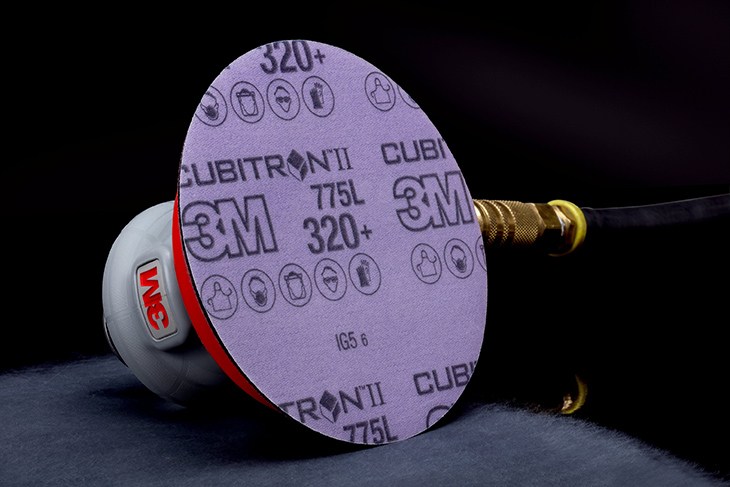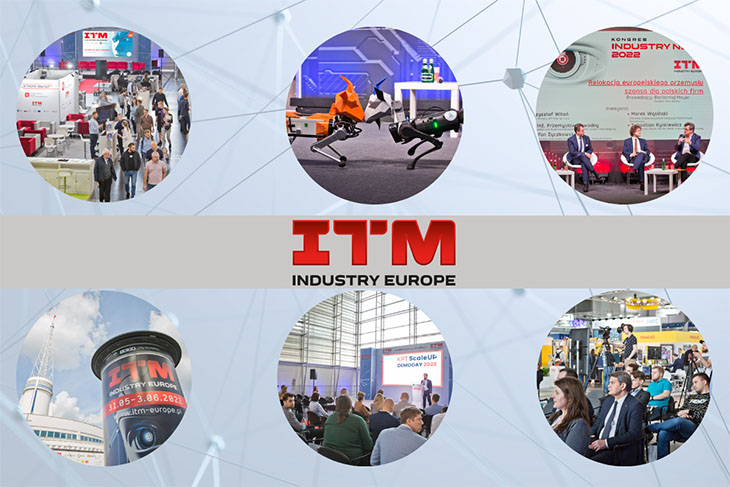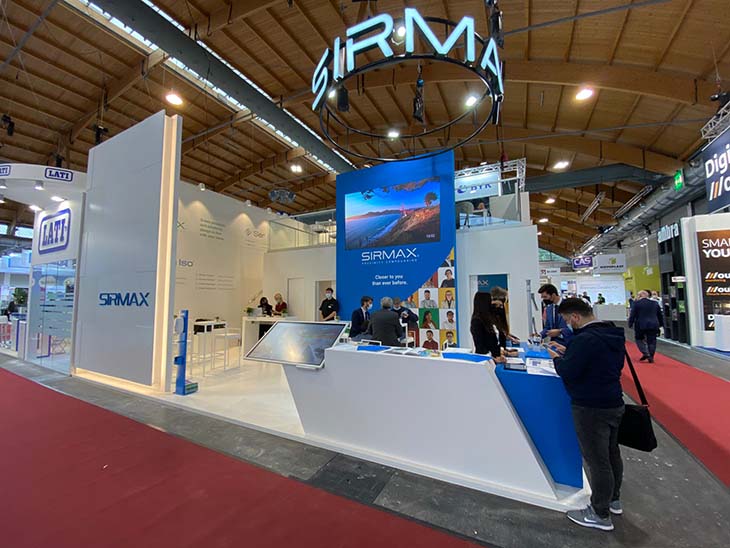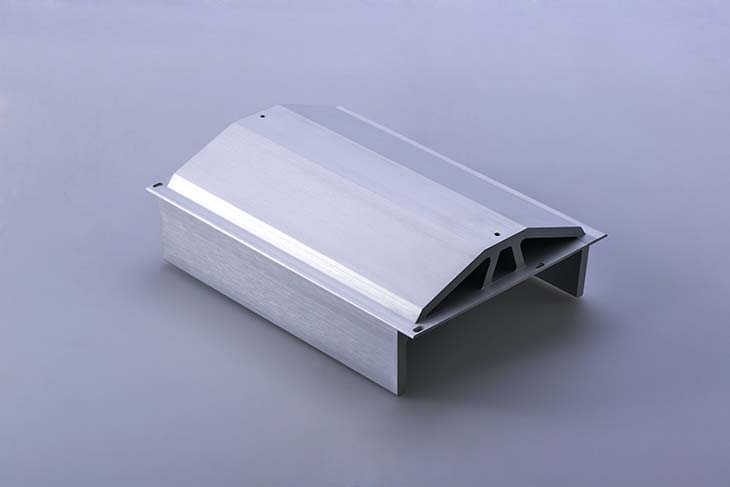Article summary: Buildings are deceptively consumptive over their life cycle because of HVAC systems, but AI is the most accessible and effective way for holistic heating and cooling transformations.
Artificial intelligence (AI) will become a nonnegotiable asset in an energy worker’s and HVAC professional’s arsenal. Households and commercial buildings are using more power than ever, with demand continuing to rise. The industry must supplement its workforce with AI insights if it intends to keep up. It will refine lead times, maintenance and efficiency. Experts can overcome the sector’s top challenges by boosting their tech literacy and embracing AI’s capabilities.
Predictive Maintenance
HVAC technicians no longer need to guess when to schedule upkeep or wonder how well a system operates daily. AI with sensor-based technologies can gather constant data to reveal patterns, anomalies and optimal maintenance schedules for workers. Case studies show successful implementation could reduce consumption by up to 25% and emissions by 40%. AI HVAC can discover when it produces too much sound pollution from unnecessary rattling or identify moments of overheating.
AI is also a powerful resource for analyzing HVAC efficiency across multiple buildings. Companies with several locations may want to visualize enhancements in a comparative format, and AI can connect to cloud services to inform stakeholders how to execute HVAC improvement plans. It locates maintenance opportunities by comparing historical and internal trends, regardless of how many HVACs are in operation.
Many building owners neglect industry-recommended yearly HVAC health checkups, so having an AI companion to be in charge of regular oversight provides more visibility and familiarity with the system. As occupants become more aware of expected system performance, it becomes easier to diagnose concerns early, reduce downtime and achieve top-tier efficiency more frequently.
Additionally, AI can suggest options for crafting a more energy-efficient HVAC with more powerful peripherals. Models can analyze its dimensions and performance and notice improvement opportunities. Technicians may want to consider optimizing duct sizing, obtaining the ideal cubic feet per minute to facilitate each room’s needs without incoming air having too high of a velocity.
Smart Thermostat Optimization
Ever since thermostats were invented, humans have been in charge of finagling the system based on vague qualifiers like personal comfort. This often leads to energy overconsumption or putting too much pressure on HVAC machinery.
Instead, AI should connect to smart thermostats integrated with HVAC systems to create ideal indoor circumstances. AI models do this by gathering information about occupancy patterns, outside temperatures and more to foster the perfect environment with no manual intervention needed. It can prepare buildings ahead of severe weather forecasts to reduce electricity consumption.
Proactive responses like this also prevent residual energetic losses where thermostats would have to compensate for erratic changes. An HVAC system under pressure in warm temperatures may get hotter than normal, producing excess heat losses as a result. Preventing these invisible efficiency deterrents is possible with AI HVAC.
Smart thermostats embedded with AI may also inform HVACs with geofencing technology. With the power of GPS, buildings can anticipate occupancy spikes based on employee locations or household work schedules.
Dynamic Energy Management (DEM)
DEM optimizes HVAC efficiency by considering interconnected systems and environmental factors. DEM tools recognize what influences the equipment most, and AI integrations guide synced technologies on how to use energy efficiently.
For example, if energy prices are peaking because of demand, an energy management system (EMS) could advise using demand response systems. The building could pull from cheaper assets, like renewable-powered external battery storage, until costs are regulated. Automated shifting helps the dynamic building be more resourceful and helps utility-connected households and companies, too. Less than 10% of buildings have automation systems to inform their HVACs, lighting systems and water management.
An EMS dashboard can show how technologies interact with each other’s performance. Consider the possibility of lighting influencing HVAC operations if they emit too much heat. DEM can conceptualize optimal HVAC settings in real time based on more factors than humans can weigh simultaneously and instantly.
Improved Indoor Air Quality (IAQ) Oversight
HVACs may work overtime because of questionable IAQ. Machinery uses more energy when IAQ is poor, ventilation systems are stressed and filters get full. AI models inform occupants when air quality is forcing HVACs to exert themselves. Additionally, improving IAQ makes it easier for the building to maintain consistency in environmental control. Metrics like temperature and humidity are more straightforward to stabilize.
AI for buildings also tracks contaminants and pollutants. Occupants will have a better idea of how many volatile organic compounds there are, which is helpful for industrial outfits where everything from layout to interior finishings determines IAQ. They can also measure carbon dioxide and particulate matter accurately to ensure residents or employees stay healthy.
AI for Buildings Is AI for Decarbonization
Improving building energy efficiency directly correlates with HVAC optimization and lowering sectorwide emissions. HVACs are one of the most prominent players in the building industry’s high greenhouse gas contribution, so leveraging AI will be pivotal in making them work smarter for the planet’s well-being.









